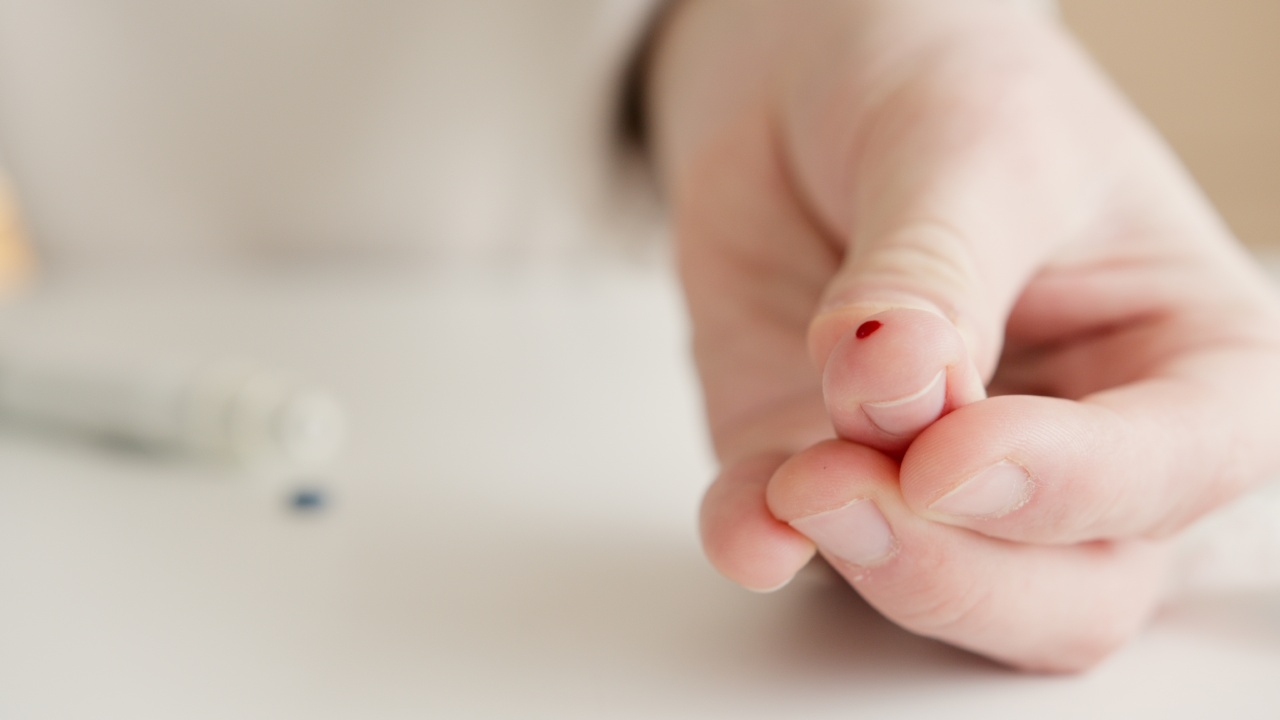When it comes to your health, early detection is key. Skin cancer is the most common form of cancer, but it is also highly treatable when caught early.
Regular self-examination plays a crucial role in detecting any changes on your skin that might indicate skin cancer. By following these six simple steps, you can perform a thorough self-examination and ensure the health of your skin.
Step 1: Find a well-lit area
Start by finding a well-lit area with good natural light or bright artificial light. The key is to have enough light to clearly see your skin and any potential abnormalities.
Natural light near a window is ideal, but a bright bathroom with ample lighting can also suffice.
Step 2: Examine your face and scalp
Begin the examination by focusing on your face and scalp. Use a mirror to examine your entire face, paying close attention to your nose, lips, ears, and the area around your eyes.
Ensure you check your scalp thoroughly as well, using a comb or your fingers to part the hair and look for any suspicious moles or discoloration.
Step 3: Inspect your neck and chest area
Move down to your neck and chest area. Look for any unusual spots, moles, or freckles. Pay special attention to areas that are often exposed to the sun, such as the décolletage region. Use a handheld mirror if necessary to get a better view.
Step 4: Examine your arms and hands
Next, thoroughly examine your arms, including your elbows and the palms of your hands. Don’t forget to check your fingertips and nails as well.
Skin cancers can occur on areas not exposed to the sun, so it’s essential to inspect these often overlooked areas too.
Step 5: Check your legs and feet
Move on to examining your legs, including your knees and thighs. Don’t neglect areas behind the knees and between the toes. It’s important to inspect the soles of your feet as well, using a handheld mirror if needed.
Step 6: Monitor your back and buttocks
For this step, you may require the assistance of a partner or a full-length mirror. Check your back, shoulders, and buttocks for any changes or unusual growths.
Skin cancer can develop on these hard-to-see areas, so it’s essential not to skip them during your self-examination.
Additional tips for self-examination:
In addition to the six-step guide, keep the following tips in mind during your self-examination:.
1. Use good lighting:
Ensure you have adequate lighting to examine your skin properly. Natural light is best, but if that’s not possible, use bright artificial light.
2. Take note of any changes:
Keep track of any new moles, growths, or changes in existing moles. Monitor their size, shape, color, and any symptoms such as itching or bleeding.
3. Utilize the ABCDE rule:
Use the ABCDE rule as a guideline during your examination. This stands for Asymmetry, Border irregularity, Color variation, Diameter larger than 6mm, and Evolution or change in size, shape, or color.
4. Don’t forget the scalp, nails, and genitals:
Include these areas in your self-examination routine. Skin cancers can develop in these regions even though they are not always exposed to the sun.
5. Seek professional advice:
If you notice any abnormal or concerning signs during your self-examination, don’t hesitate to consult a dermatologist. They have the expertise to evaluate any suspicious areas and perform further tests if necessary.
Regular self-examination is an important part of maintaining healthy skin. By following this six-step guide and keeping an eye out for any changes, you can play an active role in the early detection of skin cancer.
Remember, prevention and early intervention are crucial in successfully treating this common form of cancer.





























